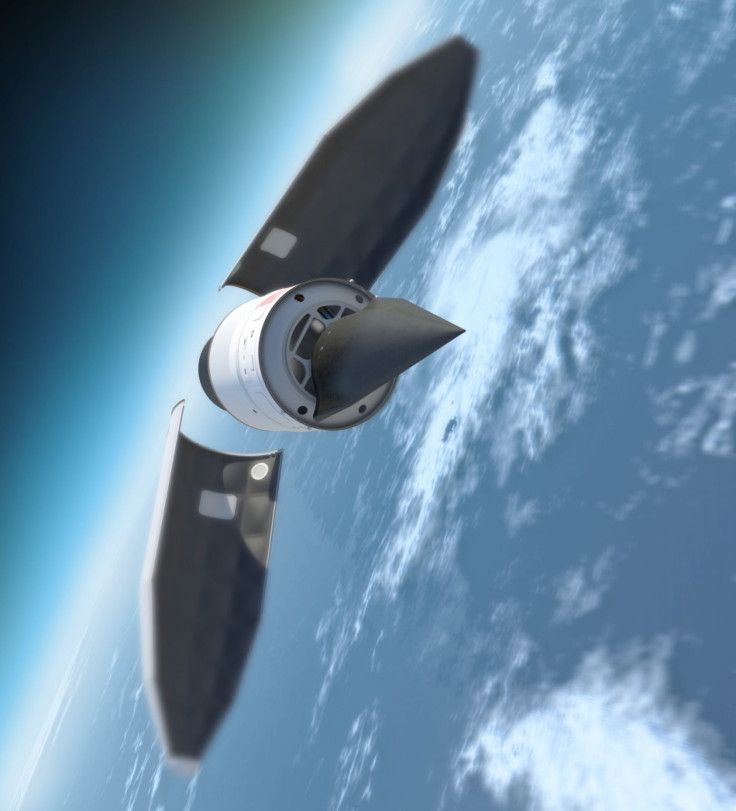DARPA’s Superfast Unmanned HTV-2 Splashdown Details Revealed

The U.S. Defense Advanced Research Projects Agency (DARPA) has confirmed details about the crashing of its unmanned military plane called the Falcon Hypersonic Technology Vehicle 2 (HTV-2) on Aug.11, 2011.
The HTV-2 splashed down in the Pacific Ocean after experiencing a flight anomaly post perigee and into the vehicle's climb.
We've confirmed that the HTV-2 made impact with the Pacific Ocean along its flight trajectory as planned in the event of an anomaly, stated Air Force Maj. Chris Schulz, DARPA HTV-2 program manager.
This flight safety system is a significant engineering advance in that the system prompts a vehicle to monitor the parameters under which it is operating and exercise safety protocols completely autonomously should those parameters be breached.
DARPA has two HTV-2s constructed for flight tests in 2010 and 2011. The first flight was launched in April 2010 flying around 4,800 miles across the Pacific.
Many analysts predicted that a second failed mission might result in an overhaul of the Falcon Project which is a two-part joint project between DARPA and the United States Air Force (USAF).
It appears that the engineering changes put into place following the vehicle's first flight test in April 2010 were effective. We do not yet know the cause of the anomaly for Flight 2, stated DARPA Director Regina Dugan.
Following the failure of the first flight test in 2010, a detailed analysis was conducted by an independent Engineering Review Board. This led engineers at the agency to adjust the vehicle's center of gravity, decrease the angle of attack flown and use the onboard reaction control systems to augment vehicle flaps during the vehicle's second flight test.
An initial assessment indicates that the Flight 2 anomaly is unrelated to the Flight 1 anomaly, Schulz said.
© Copyright IBTimes 2025. All rights reserved.





















